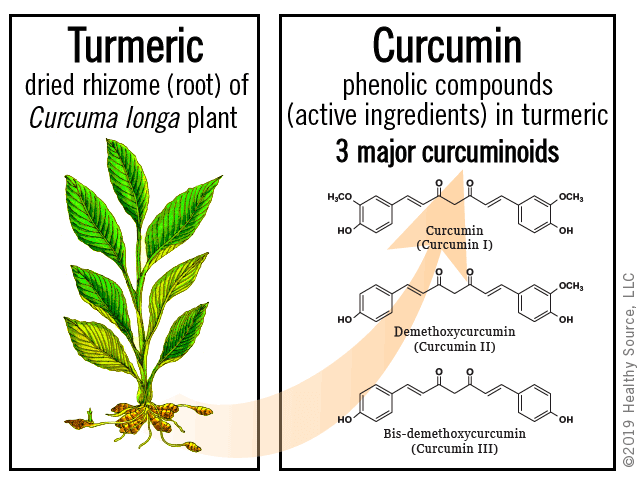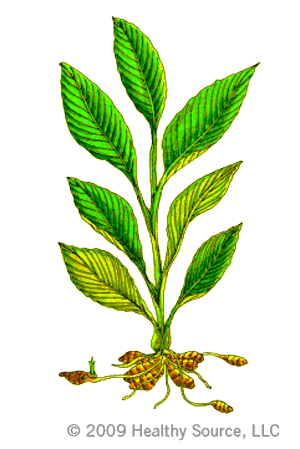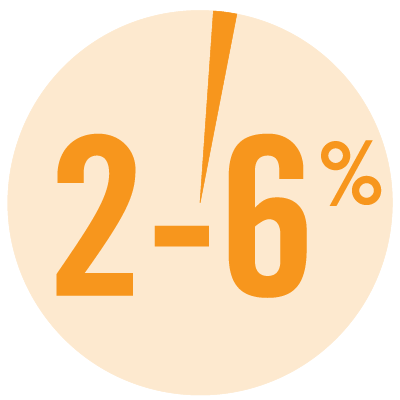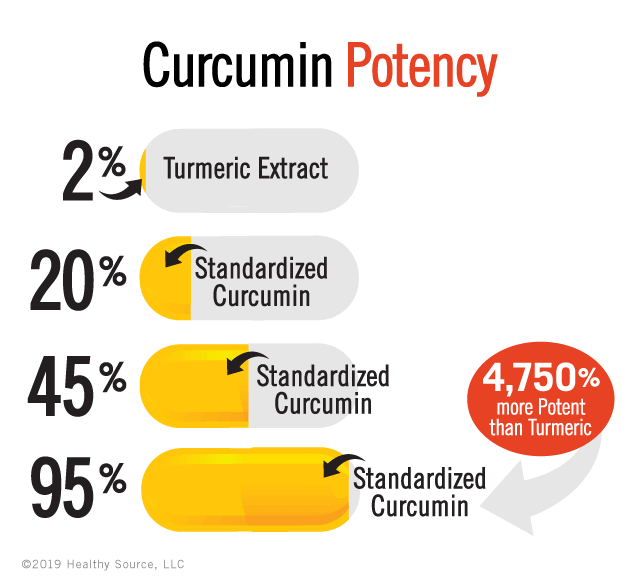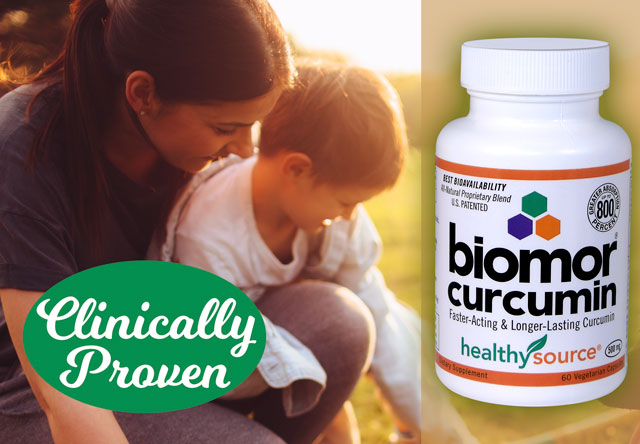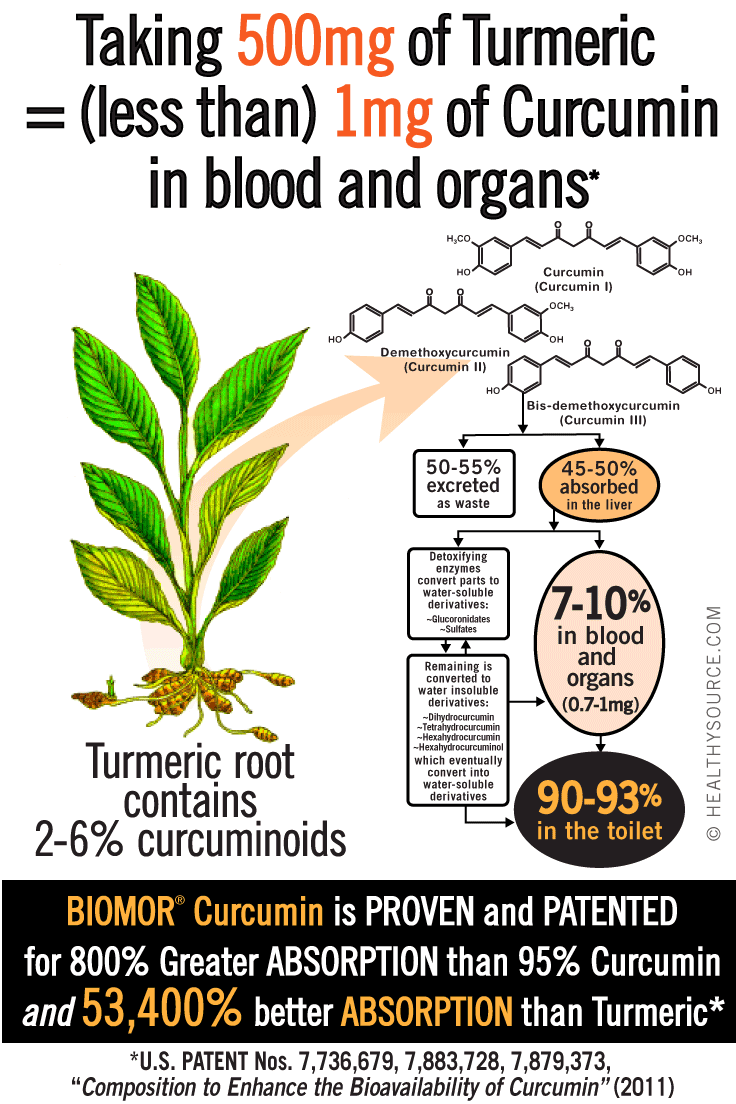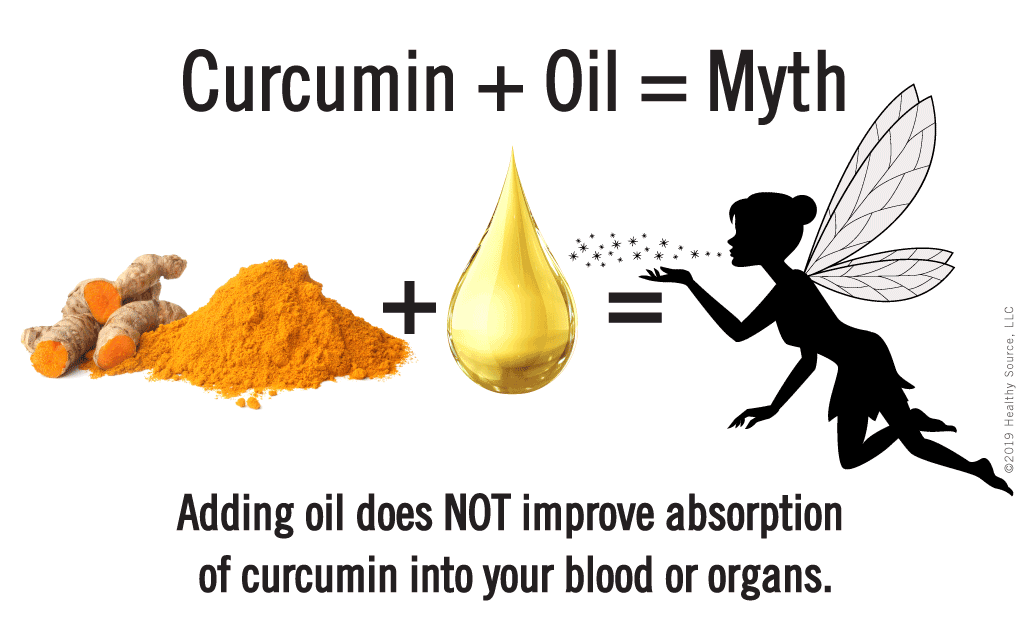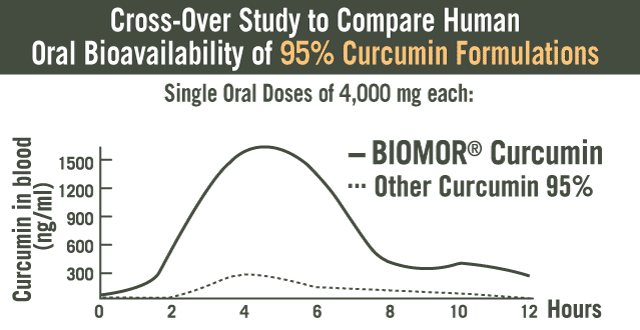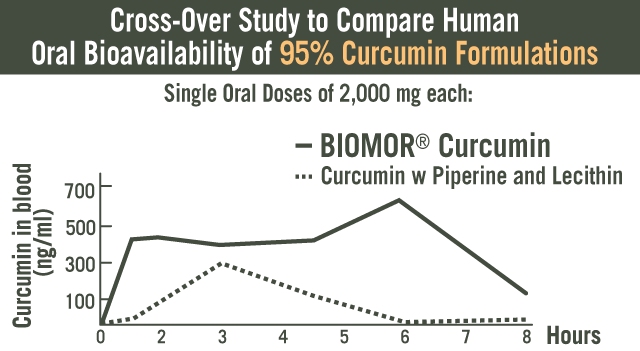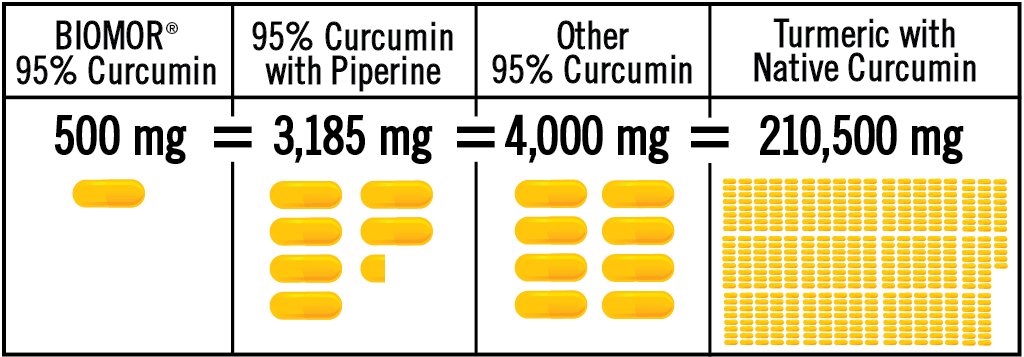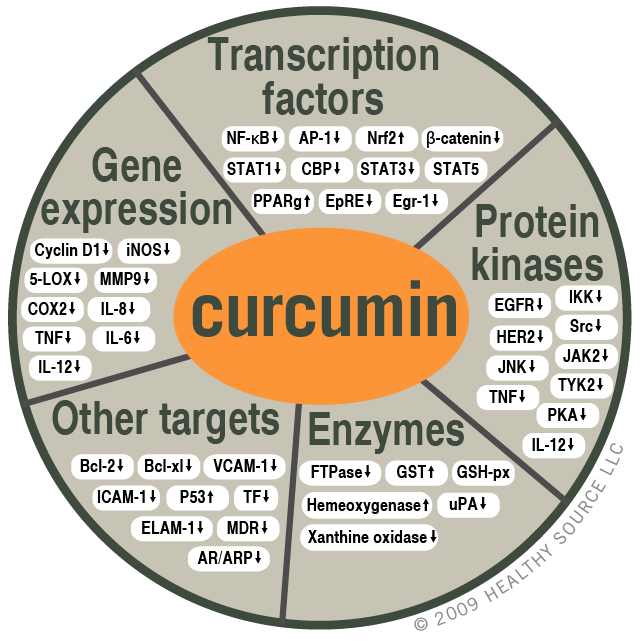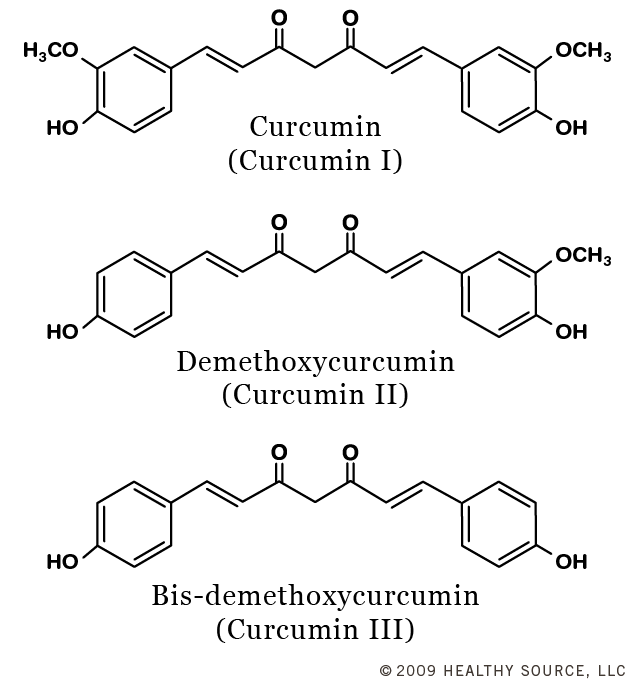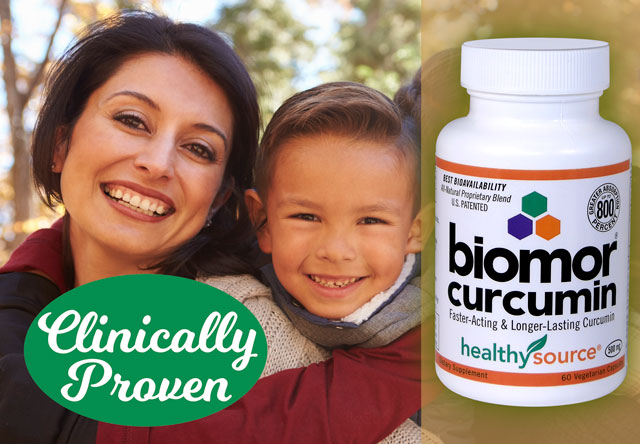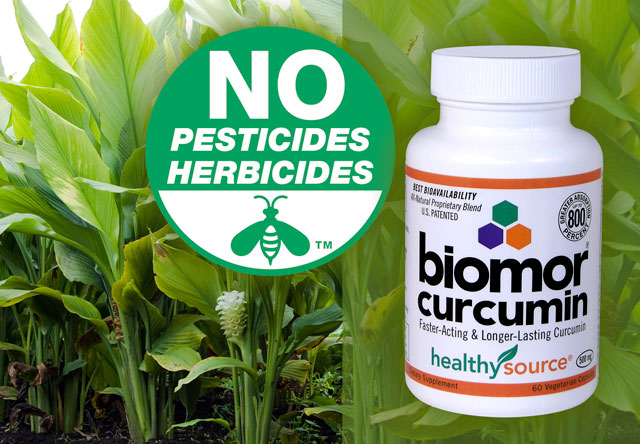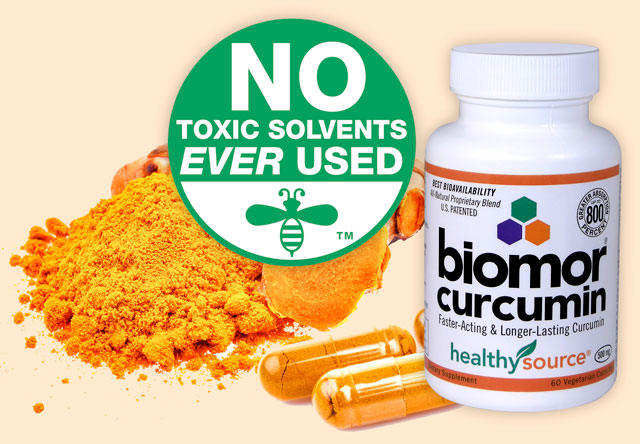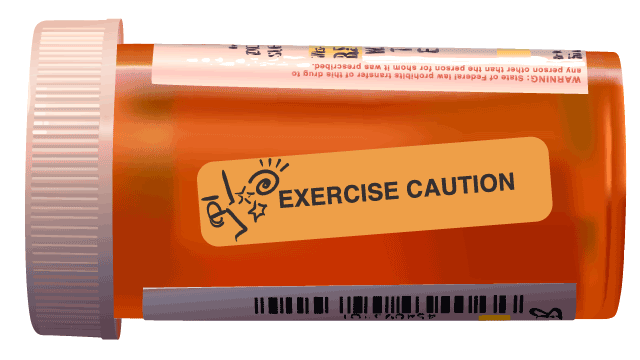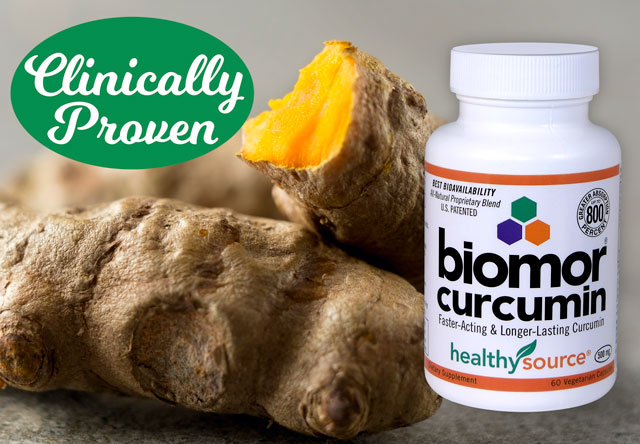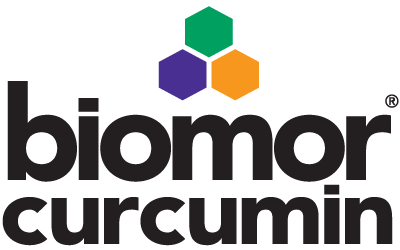I have been taking your BioMor Curcumin for about 6-8 months now. I will always take it. I have a bad back and it helps alleviate swelling and pain from that but I have done some reading about the longer term benefits of taking it and am so glad to be a customer... Thank you. —Mr. Ed K.*
My husband is a lumber grader and so he uses his shoulders and arms a lot. He has been taking 2 BioMor Curcumin and 2 Flavay Plus per day and he noticed how his shoulders and arms are feeling better. Even his psoriasis is better. Thank you for helping us with something that helps my husband so much! —Ms. D.E.*
Both my wife and I are taking Biomor Curcumin. It has been very effective for both of us. We have tried many brands of curcumin, including one that appears very similar except the other is manufactured using stearates. I felt a very significant difference between Biomor Curcumin and the other brands. I also found Biomor Curcumin is less expensive because I take less, with better results. I'm very happy with Biomor Curcumin. —Mr. J.S.*
I don’t have to take aspirin anymore, this Biomor Curcumin is really working for me. But when I stop taking it, my pain comes right back. —Ms. Lynda C.*
Now that I’m taking 4 BioMor Curcumin every day my pain is gone. Only about once a month, I’ll take an antiiflammatory for pain in my knees. I’m feeling so much better. —Ms. Y.L.*
Thank God I found your Biomor Curcumin! My nutritionist recommended I take 5,000 mg curcumin per day, so I tried several brands of curcumin. Of one brand with piperine, I took 8 per day of 580 mg per capsule (4,440 mg per day). Of another brand, also with piperine, I took 6 per day of 875 mg per capsule (5,250 mg per day). Both of the curcumin products with piperine caused me to feel extremely exhausted, to the point where I couldn't do anything but rest. It seems the piperine reacted with my medications. So, I'm so glad to have to have found Biomor Curcumin. I began feeling good with only one 500 mg capsule before bedtime, and I will begin to take another in the morning (1,000 mg per day). I feel great taking Biomor Curcumin. —Mr. N. Smith*
I’ve had good luck with Biomor Curcumin, my arthritic finger cleared up. —Mr. Daniel F.*
I want to tell your company that your Biomor Curcumin is doing wonderful things for my wife. We've tried various curcumin products and this one is the best. —Mr. R.B.*
It (Biomor Curcumin) has been working GREAT for my arthritic knees!!! I was going to have additional shots but decided to try these instead. AMAZING RESULTS!!!! —Mr. B.C.*
My daughter takes Biomor Curcumin for boils and I want to tell you it really helps. —Ms. T.C.*
I judge by my knees! My brother gave me a bottle of Biomor Curcumin and it works much better for me than the other brands of curcumin. —Mr. M.V.*
I'm getting relief from arthritis symptoms in my right knee (taking both Flavay and Biomor Curcumin). Sitting for long periods or getting out of my car was very painful for those first 5-10 steps, but no longer. The swelling in my knee has also subsided and the range of motion has come back... I'm definitely much better and in less pain than before. Another benefit I also noticed is that dry skin in both of my lower legs/ankle area has disappeared. —Mr. B.M.*
Thank you for Biomor Curcumin. I have a muscle disease which affords me little strength, and severe osteoarthritis. I cannot take NSAIDs or steroids due to severe diverticulosis. Biomor Curcumin gives me the flexibility to be able to move about freely. I was about to enter a nursing facility and was introduced to your fine product. —Mr. Kenneth W.*
I am not one to review products, but i can't deny some of the benefits i've experienced using both your curcumin and flavay products. I've been taking both for a few months now, and the two major benefits i've noticed are 1) joint strength and mobility (for workouts) as i am lifting much heavier weights without injury 2) I am a paroxsymal Afib sufferer, and my episodes have gone from 2-3 per week down to zero (most weeks). This can't just be a coincidence. I think there is definitely something in your formulas that stop inflammation and get your body in balance and healing itself. —Mr. B.V.W.*
I am your best Fan...Go BIOMOR...Ra Ra Ra... 😊 😊 —Mr. George D.*
I can't believe what this stuff (BioMor Curcumin) has done for me! I just can't believe it! I was in three car wrecks and so I could hardly move and I was so stiff. But after about 3 weeks jumped out of bed! —Mr. Mike T.*
I've been taking one BioMor Curcumin a day for a long time. It does help. It works well, that's all I'll say. —Mr. John R.*
My husband's hands were hurting so bad but after Biomor Curcumin his hands feel aren't hurting! —Ms. Wanda M.*
Thank you so much for your quick response. The Biomor Curcumin has helped me so much with my Rheumatoid Arthritis, Osteoarthritis and M.S. When I don’t take the Biomor you can see the swelling worsen in my joints, it has helped me so much since I started taking them, and will now add an extra pill or two during the times my inflammation is at it’s worse. I will also continue to advise others to research, and purchase Biomor through Healthy Source. —Ms. B.H.*
I bought BioMor Curcumin for my husband because he had hip surgery years ago and he has a lot of pain on certain days and he says it totally works for him. He doesn’t want to take any more pain killers and this is working for him. —Ms. S. Hill*
I’ve tried other brands and you cannot compare, not even close. I play golf and no more pain when taking BioMor Curcumin! You guys are the best! —Mr. Jack K.*
I’m so thrilled with BioMor Curcumin. There’s no question in my mind this is a miracle. I have RA and after taking BioMor Curcumin my legs and ankles are stronger and I feel so much better. I’m very grateful. (I tried other and much more expensive curcumin products and there is no comparison.) —Ms. J.B.*
